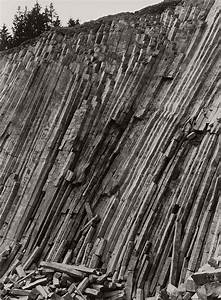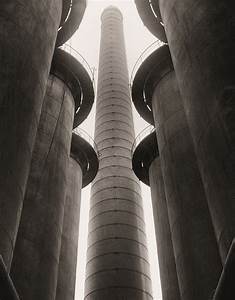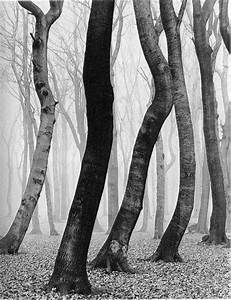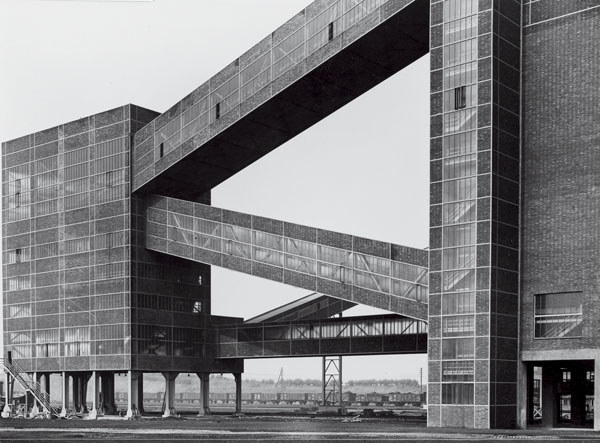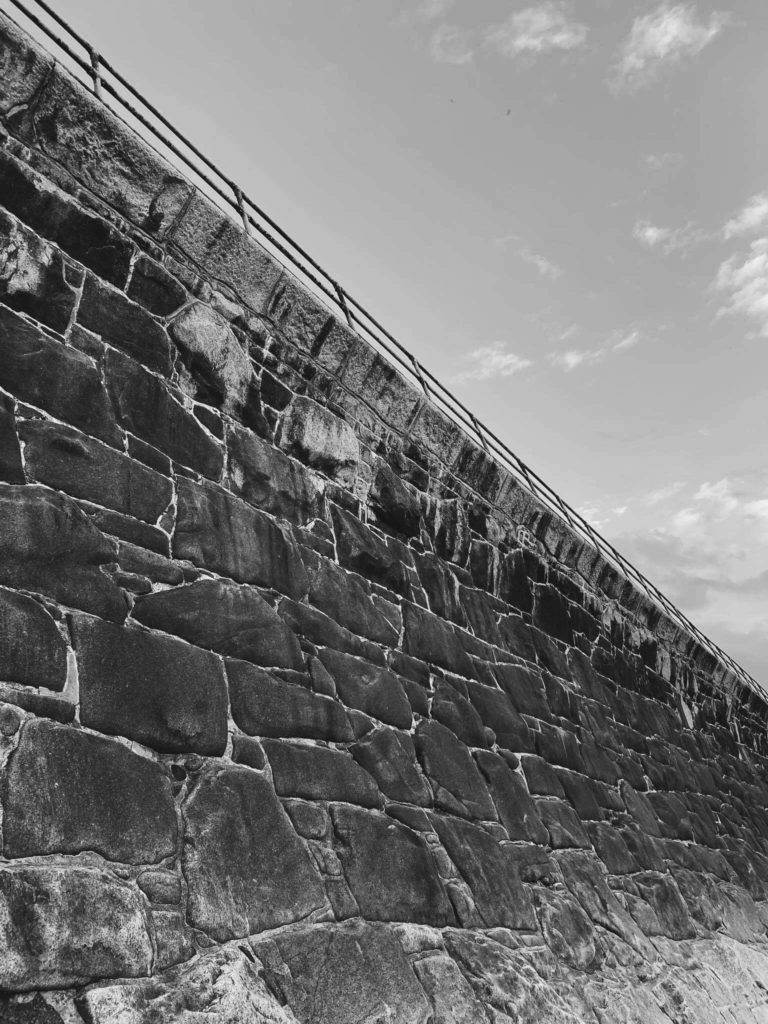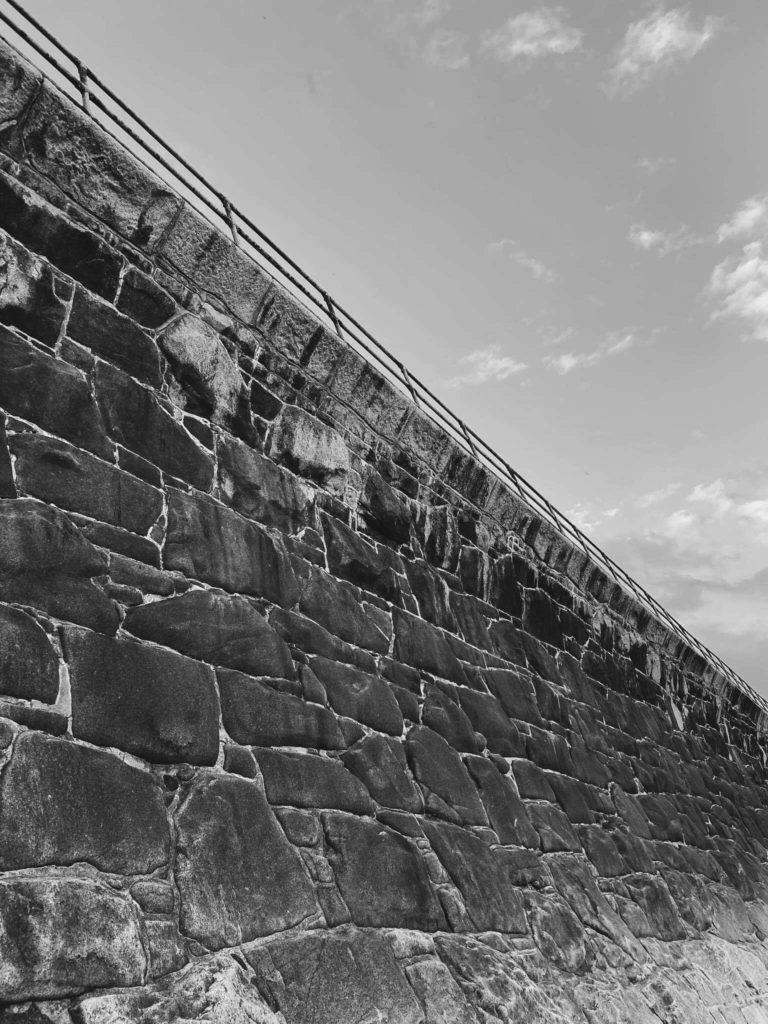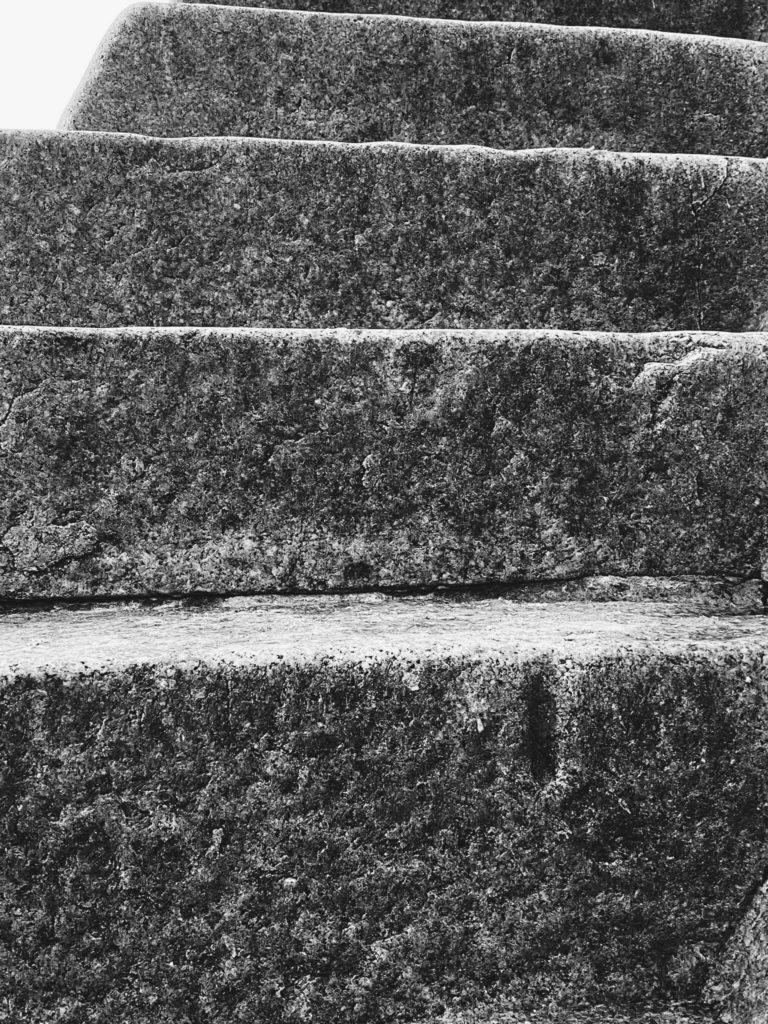Albert Renger-Patzsch was a German born photographer living in the twentieth century. He is widely associated with the New Objectivity movement taking place in Germany. This movement was against the idea of expressionism. In Renger-Patzsch’s work order and tradition can be seen clearly throughout, this is what expressionism challenged. Expressionism sort out to express emotion rather than nature and tradition, this is what the New Objectivity and Renger-Patzsch’s work doesn’t capture.
Analysis
In his work it is clear that Renger-Patzsch uses tone and light to create depth. He contrasts very dark tones with very light tones. He also uses lots of repetition in his work, this repetition can be seen in the shapes he finds.
In the first image the repetition is obvious. The lines in the photo cross the image diagonally creating a triangular shape in the top right half of the image. The crevices in the wall create dark triangular shadows, these contrast with the tone on the outer walls which is a lighter grey. The round shapes on top of the crevices create a rhythm that flows to the background of the photo.
In the second image repetition can be seen in the lines. these lines are shown on the sides of the building and the way the building is shaped. A depth is given with the way Renger-Patzsch angled his camera. Dark, black tones sit beneath the lighter grey and white tones in the sky and on the front of the building. A rough texture is captured on the side of the building which is in direct contrast with the flat sky.
Response


